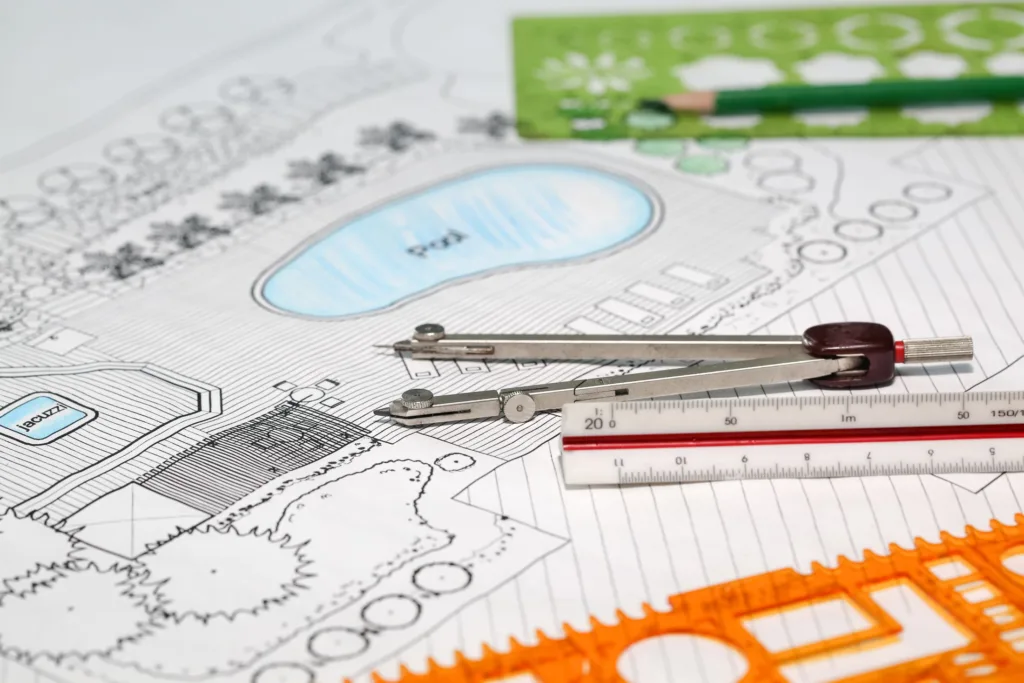Designing a deck tailored to your needs and preferences can transform your outdoor space into a functional and inviting oasis. Whether you’re envisioning a cozy spot for relaxation or an entertainment hub for gatherings, the key is to create a design that suits your lifestyle. Here are some steps to help you design the perfect deck for your home.
1. Define Your Deck’s Purpose
The first step in designing your deck is to determine its primary purpose. Ask yourself:
- Will it be a space for outdoor dining and cooking?
- Do you want a lounge area for relaxation and sunbathing?
- Are you planning to host gatherings and parties on your deck?
- Do you need a place for gardening or container plants?
Clearly defining your deck’s purpose will guide the rest of your design decisions.
2. Choose the Right Deck Size
The size of your deck is critical and should align with its intended purpose. Measure the available space in your yard and consider factors like traffic flow, furniture placement, and any existing landscaping features. A deck that’s too small can feel cramped, while one that’s too large may be overwhelming.
3. Select the Ideal Deck Material
Deck materials come in various options, each with its own advantages:
- Wood: Classic and natural, wood decks are versatile and can be stained or painted to match your style. Common choices include pressure-treated lumber, cedar, and redwood.
- Composite Decking: Composite materials offer durability and low maintenance. They resist staining, fading, and warping and come in a range of colors and textures.
- PVC Decking: PVC decks are known for their durability, resistance to moisture and insects, and easy upkeep. They come in a variety of colors and styles.
- Exotic Hardwoods: If you prefer a luxurious and long-lasting option, exotic hardwoods like Ipe and Cumaru are excellent choices.
Select the material that best suits your aesthetic preferences, maintenance tolerance, and budget.
4. Plan for Functionality
Consider how you’ll use your deck and plan for functionality:
- Designate areas for different activities, such as cooking, dining, and lounging.
- Include storage solutions for cushions, gardening tools, or outdoor toys.
- Integrate built-in seating, planters, or a fire pit if desired.
5. Add Shade and Privacy
Depending on your location and preferences, you may want to incorporate shade and privacy features:
- Install a pergola or awning for shade.
- Use lattice or screens for privacy.
- Consider outdoor curtains or shades for versatility.
6. Incorporate Lighting
Outdoor lighting enhances the usability and ambiance of your deck. Options include:
- Overhead lighting, such as pendant lights or string lights.
- Deck post or railing lights for safety and aesthetics.
- Pathway lighting for easy navigation.
7. Choose the Right Railings
Railings are not only a safety feature but also contribute to the overall design. Options range from traditional wood railings to modern glass or metal designs. Select railings that complement your deck’s style and purpose.
8. Consult a Professional
If you’re unsure about the design or require assistance with permits and regulations, consult a professional deck designer or builder. They can help bring your vision to life while ensuring compliance with local codes and regulations.
9. Budget Wisely
Set a budget for your deck project and prioritize your design elements accordingly. Be mindful of potential additional costs for features like built-in seating or lighting.
10. Personalize Your Design
Finally, don’t forget to add personal touches like outdoor furniture, decorative accents, and plants to make your deck feel like a true extension of your home.
Designing the Right Deck with North American Deck and Patio
When it comes to deck design in Maryland, there’s no other company better to help you than North American Deck and Patio. We pride ourselves on creating customized decking solutions that transform your outdoor space and are built to last. Contact us today to speak to one of our decking experts about your project.


